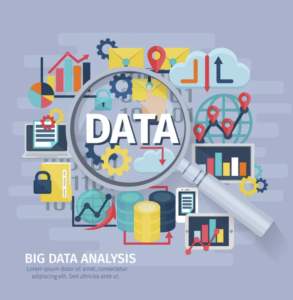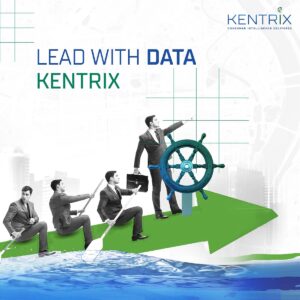In the ever-expanding realm of data, two terms often come to the forefront: Data Science and Data Analytics. While these fields share commonalities, they serve distinct purposes and play unique roles in helping organizations make sense of their data. In this comprehensive guide, we’ll break down the differences between Data Science and Data Analytics, exploring their individual strengths and applications to help you navigate the data landscape.

Understanding Data Science:
What is Data Science?
Data Science is a multidisciplinary field that encompasses a range of techniques for handling and analyzing large volumes of data. It combines elements of mathematics, statistics, computer science, and domain expertise to extract valuable insights and support decision-making.
Key Components of Data Science:
- Machine Learning: Data Science often involves the use of machine learning algorithms to build predictive models and uncover patterns in data.
- Advanced Statistical Analysis: Statistical techniques are employed to analyze and interpret complex datasets, providing a deeper understanding of underlying trends.
- Big Data Technologies: Data Science frequently involves working with big data technologies and frameworks like Apache Spark and Hadoop to process and analyze massive datasets.
- Predictive Modeling: Data Scientists create models that can predict future trends, behaviors, or outcomes based on historical data.
Applications of Data Science:
- Fraud Detection: Data Science is crucial in developing models that can identify unusual patterns indicative of fraudulent activities.
- Healthcare Predictive Analytics: Predictive models in healthcare can help forecast disease outbreaks, patient outcomes, and treatment effectiveness.
- Recommendation Systems: Data Science powers recommendation algorithms, as seen in platforms like Netflix and Amazon, suggesting content or products based on user behavior.
Also Read: The Power of Cloud Business Intelligence Solutions for Modern Business Success
Understanding Data Analytics:
What is Data Analytics?
Data Analytics is a more focused field that primarily deals with analyzing historical data to identify trends, draw conclusions, and support decision-making. It involves a systematic approach to uncovering actionable insights from existing datasets.
Key Components of Data Analytics:
- Descriptive Statistics: Data Analytics relies on descriptive statistics to summarize and describe the main features of a dataset.
- Data Cleaning and Preparation: Analysts work on cleaning and preparing data for analysis, ensuring its accuracy and relevance.
- Visualization: Data Analytics often employs data visualization tools to present findings in a clear and understandable format, such as charts or graphs.
- Querying and Reporting: Analysts use querying languages and reporting tools to extract specific information from databases and generate reports.

Applications of Data Analytics:
- Business Intelligence: Data Analytics is integral to business intelligence, providing insights that drive strategic decision-making and operational improvements.
- Market Research: Analysts use data to understand market trends, consumer behavior, and competitive landscapes.
- Operational Efficiency: Data Analytics identifies areas for improvement in processes, helping organizations optimize efficiency and reduce costs.
Data Science vs. Data Analytics: Which is Better?
Data Science:
Strengths:
- Deals with complex and unstructured data.
- Involves predictive modeling and machine learning.
- Suitable for solving intricate problems and making predictions.
Applications:
- Healthcare predictions.
- Fraud detection.
- Recommendation systems.
Data Analytics:
Strengths:
- Focuses on historical data analysis.
- Provides actionable insights for decision-making.
- Emphasizes data visualization and reporting.
Applications:
- Business intelligence.
- Market research.
- Operational efficiency.
Choosing Between Data Science and Data Analytics:
Data Science is Ideal When:
- Complex Problem Solving: If the goal is to solve complex problems, make predictions, and leverage machine learning algorithms, Data Science is the way to go.
- Dealing with Unstructured Data: When working with unstructured or diverse datasets that require advanced statistical analysis and predictive modeling.
Data Analytics is Ideal When:
- Historical Analysis: For organizations looking to analyze historical data to derive actionable insights and inform decision-making processes.
- Clear Reporting: When the emphasis is on clear reporting, data visualization, and presenting insights in a format that is easily understandable.
Also Read: Unleashing the Power of Cloud Business Intelligence Software: A Comprehensive Guide
In Conclusion:
In conclusion, whether Data Science or Data Analytics is “better” depends on the specific goals and requirements of an organization. Both fields play crucial roles in the data ecosystem, with Data Science delving into complex problems and predictive modeling, while Data Analytics focuses on historical analysis and providing actionable insights. Ultimately, the choice between Data Science and Data Analytics should align with the unique needs and objectives of the organization, guiding them toward making informed decisions and extracting maximum value from their data resources.


